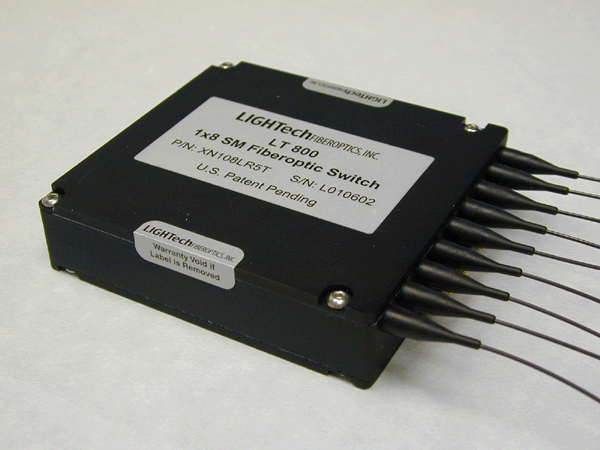Optical Switching
In fiber optics, there are hundreds of different fibers that are laid to provide telecommunications to people. It is important, though, for these companies to be able to change which fiber the information is running on. Therefore, they use what is called an optical switch. In technical terms, an optical switch is a switch that allows for signals that are traveling along one line of fiber to be switched selectively from one single circuit to another.
Types of Optical Switches
There are many different types of optical switches. They all serve the exact same purpose – to allow for the switch of data transfer from one fiber to another – but they differ on how the change is made and how fast the change is made. Here are the most common types of optical switches:
- Mechanical: This means that each individual fiber is manually moved and are moved together to ensure that the switch takes place.
- Electro-optic Effects: This is a change in the electric field that varies slowly in comparison to the speed of light.
- Magneto-optic Effects: By the use of electromagnetic forces, the switch can be made to transfer the data from one fiber to the other.
Uses of Optical Switches

The uses of optical switches can be broken down into two types. The slower ones are good for routing information around a damaged fiber. When there is a fiber that is undergoing some problems or has a fault, a mechanical and slow switch can move the data transfer around it. On the other side, the faster switches such as the electro-optic and magneto-optic effects are able to do logic operations.
In the business world, the optical switch is described as any piece of circuit switching that is found between two fibers. The majority of these circuits are electronic. However, it is important to note that there are some physical changes in every network. These are known as photonic switches. The photonic switches mechanically switches the light from one fiber to the other. As described above, these are perfect for the transfer of data around a fault that would otherwise cause a problem in the overall network. Finally, these switches are great for sending data to fibers that run more efficiently and therefore allows for more data to be transferred more efficiently.


Comments - No Responses to “Optical Switching”
Sorry but comments are closed at this time.